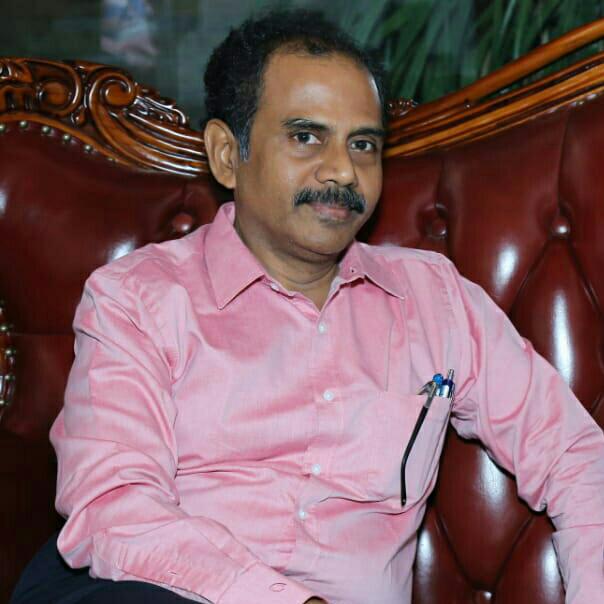Down The Memory Lane
Volume 12 Issues 6 June, 2022

M.D.[Psy], D.C.H., Senior Asst. Prof. & Chief Civil Surgeon, IMH, Madras Medical college, Chennai, Tamil Nadu.
In 2014, at the department of child and adolescent psychiatry, Institute of child health, Chennai, it was decided to translate a holistic ADHD parent rating scale VADPRS [ Vanderbilt ADHD parent rating scale] into Tamil language as it was a gold standard rating scale used worldwide. We all know that ADHD is one of the most encountered disorders in child psychiatry clinics, with prevalence of about 5-12% worldwide. The VADPRS is a parent rating scale for assessment of Inattention and Hyperactivity / Impulsivity domains and also to screen for ODD, CD, depression and anxiety symptoms as well as performance scale for impairment in school activities.
Since most of the parents attending the hospital were from rural Tamil Nadu and with lower educational background, they had difficulty in understanding and conceptualizing the VADPRS scale items in English and attending consultants, residents and psychologists also found it difficult to guide these parents to rate the scales in an uniform manner. Hence, there was a felt need for a standardized Tamil version for both clinical diagnosis and management as well as research purposes. I would like to enlighten about the challenges faced during the study.
1. The first and foremost challenge was getting permission from the author of the scale Prof. Dr. Mark Wolraich, Oklahama University Health Sciences Center, Oklahoma, USA. With doubtful hope, I gave a request email to the author on 9th December 2014 and to my surprise, he replied swiftly the very same day granting permission to carry on with the translation. It was the first hurdle crossed successfully and it also gave us enough catapult effect to leap forward.
2. Then came the second challenge. When we presented the synopsis, abstract and draft methodology at IMH, many of the faculty were sceptical about the feasibility of the study as it was in two lengthy parts – one ‘the translation part’ and the next ‘the validation process’ ; also it was decided to do in two settings – hospital and schools ; so, they almost warned us regarding the time frame and lack of previous model studies in Tamil. But, somehow, gave us permission to proceed to the Institutional ethics committee presentation at Madras medical college and surprisingly, it was accepted with much appreciation.
3. The third one was approaching many busy senior faculties, even eminent retired professors and language experts to do the ‘forward’, ‘backward’ translations and to do the evaluation in Likert’s scale and it was greatly helped by Prof Dr Shanthi Nambi, the then Prof of CAP department, ICH and Dr.Vimal Doshi.V, senior asst professor.
4. The last one came in the form of convincing the administration of some schools in Chennai to approach, interview and get consent from the parents to participate.
With all these difficulties this study was completed successfully and the reliability statistics for the Tamil version in the full sample showed Cronbach’s alpha values >0.9 and Spearman-Brown coefficient was 0.950 which concluded that the Tamil version of VADPRS had significant internal consistency and were on par with the original English version as determined by the author of the VADPRS (Mark Wolraich et al. 2013).
This study was awarded the “DR.I.R.S. REDDY AWARD” for best paper at the National conference of the IAPP at Kolkata in the year 2016 and hence, I would like to share the methodology and processes involved, to benefit interested researchers in this demanding and useful area of science. I feel very happy to share this cherishing memory with you all.

Great work.
An inspiration